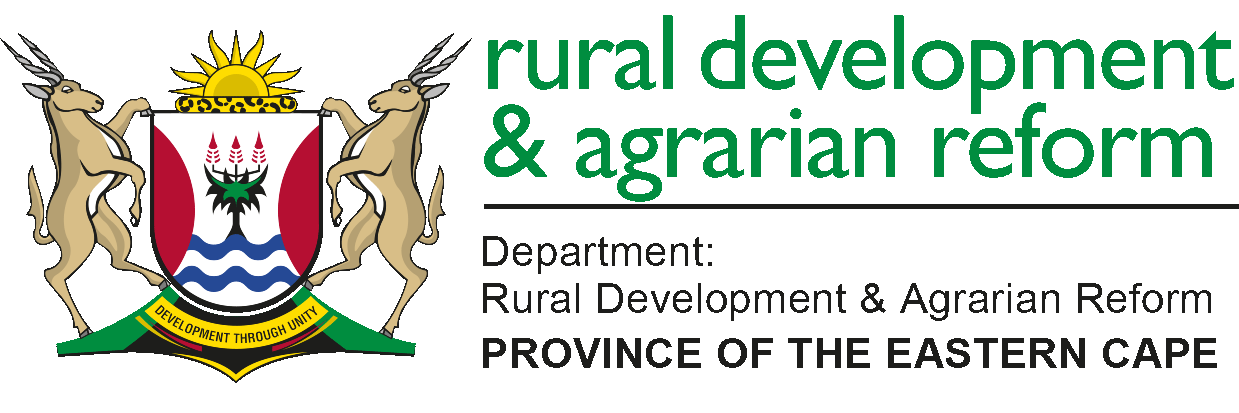INTERFACING SOME PERSPECTIVES ON FOOD SECURITY WITH THE NUTRITION DEMANDS OF COVID-19 PANDEMIC
Since the dawn of the new South Africa in 1994, the South African government had introduced numerous remedial food security policies and programmes which sought to address the damage done to black agriculture by many decades of neglect from the apartheid regime. In the Eastern Cape Province, distinguished food security programmes included household food production and the cropping programme. Funding for these food security programme is sourced from the provincial voted funds, and conditional grants in the names of Ilima / Letsema, Comprehensive Agricultural Support Programme.
As outlined below, the focus areas for DRDAR’s food security programmes are; household food production, grain production, horticulture and fodder production.
• Households for the production of vegetables and poultry production inputs on a limited scale for household food production. In the current financial year an amount of R20 million is available for this program.
• Grain production. This is a major enterprise which takes biggest slice of the budget on an annual basis, this financial year an amount of R 80 million is allocated for this purpose. The reason of such an initiative is that, maize is the staple food in the province and is also used to support livestock production e.g. poultry, piggery, smallstock and dairy. It is mainly produced in the Eastern part of the province in Alfred Nzo, O.R. Tambo and parts of Joe Gqabi
district. It is produced under dryland condition. The good part of this potential is that; it is produced where poverty levels are high.
• Horticulture. The Central and Western parts of the province have the potential to produce the horticultural crops. This category of the commodities has the potential to create decent jobs and the bulk of the produce is exported. The examples of these commodities are citrus, deciduous, pineapples and vegetables. An amount of R 22 million is allocated for this financial to support the growth and expansion of these commodities through production inputs and infrastructure.
Fodder production is one of the commodities that has been incorporated into the Food Security programme. Due to the persistent drought that has seriously affected the province, DRDAR has taken a decision to support the production of Fodder in the province. This financial year an amount of R 10 million has been set aside for the establishment of lucern production in the three districts: Amathole, Chris Hani and Sarah Baartman. The plan is to upscale the production of fodder in the subsequent seasons.
Not with standing the commendable strides made in rolling out these food security programmes, food insecurity still remains high, not only in the Eastern Cape Province, but in the whole country. Today, about half of the country’s human population is either food insecure or is at risk of food insecurity. At household level, the picture is also not impressive. Some 28% of households are at risk of hunger, while 26% are experiencing hunger.
